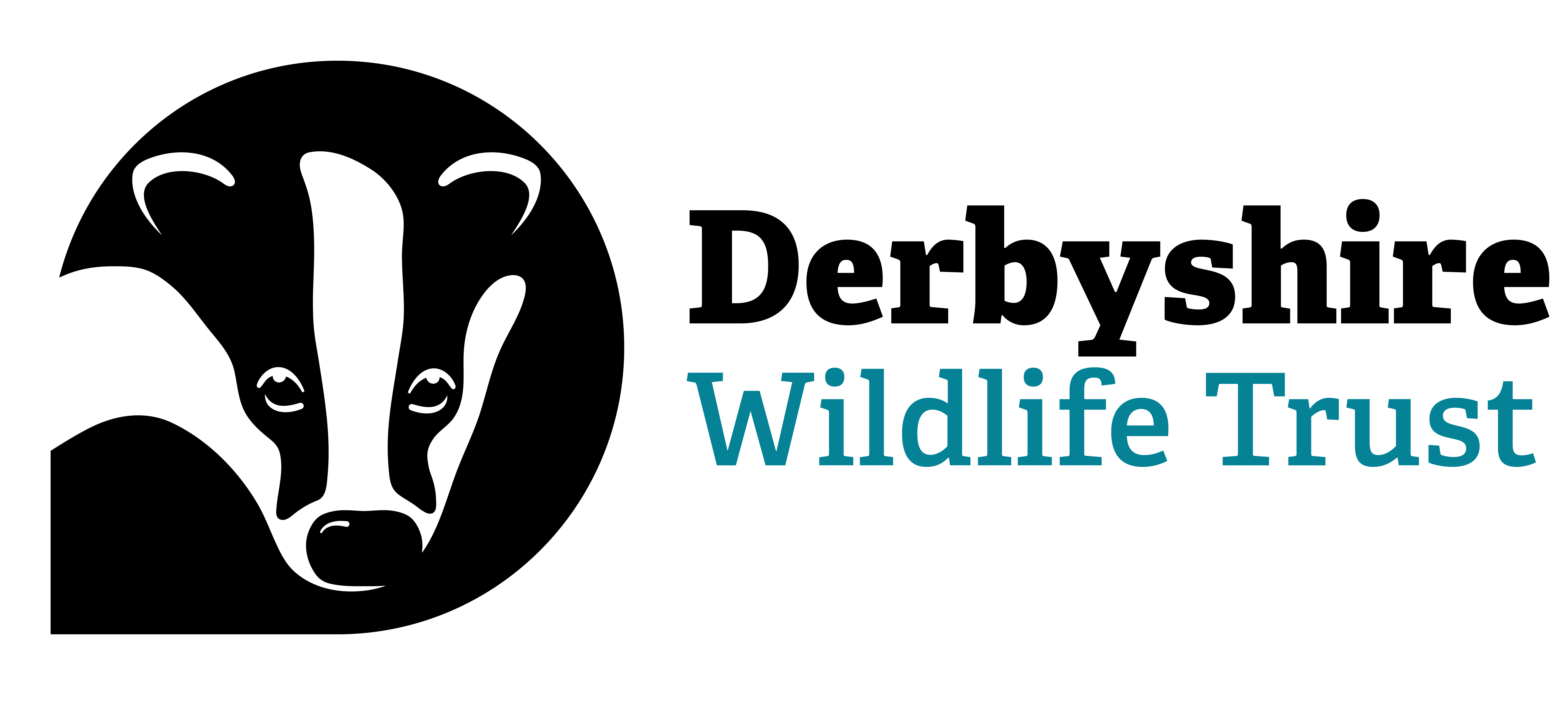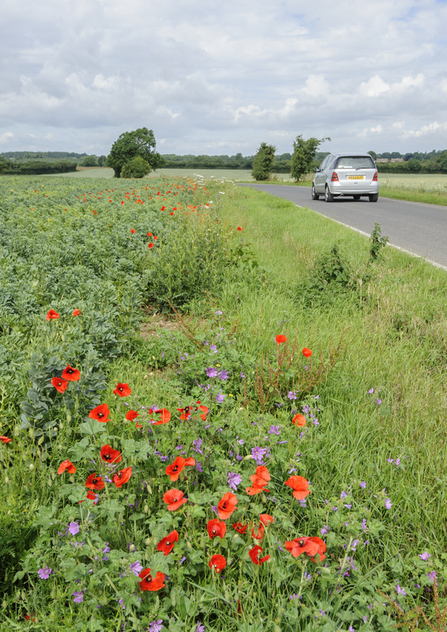Unfortunately, over 97% of the UK’s wildflower meadows have been destroyed since the 1930s, so we must look for creative solutions and alternate homes for our wildflowers. And now, road verges are home to almost half of the UK’s wildflower species! Each one vital in providing habitats for hundreds of species of pollinators, from beetles to bumblebees.
There are over 313,000 miles of rural road verge in the UK. If managed correctly, these can provide corridors for wildlife and pollinators to move habitats between our towns and countryside. It can also be beneficial from the perspective of carbon sequestration and in certain circumstances, can exceed the sequestration potential of woodland.
It’s not just wildlife and our climate that benefits - managing verges for wildlife is also good for strained council budgets. Cutting then removing grass cuttings gradually reduces the nutrient levels in the soil and reduces grass growth, meaning fewer cuts become necessary. While some upfront investment in new equipment is required to change the maintenance regime, multiple examples across the UK have demonstrated that this is made up for in a few years, with significant benefits for wildlife and the landscape.
Whilst Derbyshire County Council is responsible for highways, the vast majority of verges are managed on their behalf by district councils through a series of agency agreements. At a conference last year, Derbyshire County Council acknowledged that more could be done to manage verges for wildlife, but that a collective effort will drive lasting changes. This must involve a review of the agency agreements, but will also require broader collaboration with likeminded partners in the district councils. If your council can do more for wildlife on local verges, then please get in touch at enquiries@derbyshirewt.co.uk.
To date, we have created a network of 37 Road Verge Reserves which are the best examples we’ve found so far across the county, each of these is either a Local Wildlife Site or a County Nature Reserve. Some contain a variety of animals and wildflowers which might be rare or non-existent elsewhere in the county. For example, in one of our reserves near Wessington, common lizards have been spotted in the midst of multiple types of spotted orchid, hidden in a profusion of pink and purple blooms. Unfortunately, our Road Verge Reserves are limited in number and size, covering only 30 linear kilometres, less than 1% of the county’s highways.
Derbyshire’s industrial history created the conditions for some nationally rare plants (such as spring sandwort and alpine pennycress) to thrive in unlikely places like the lead spoil heaps Gang Mine Nature Reserve. It’s time to write a new chapter in the county’s botanical history so please get in touch if you think there are road verges near you that deserve to be added to our list of Road Verge Reserves.

